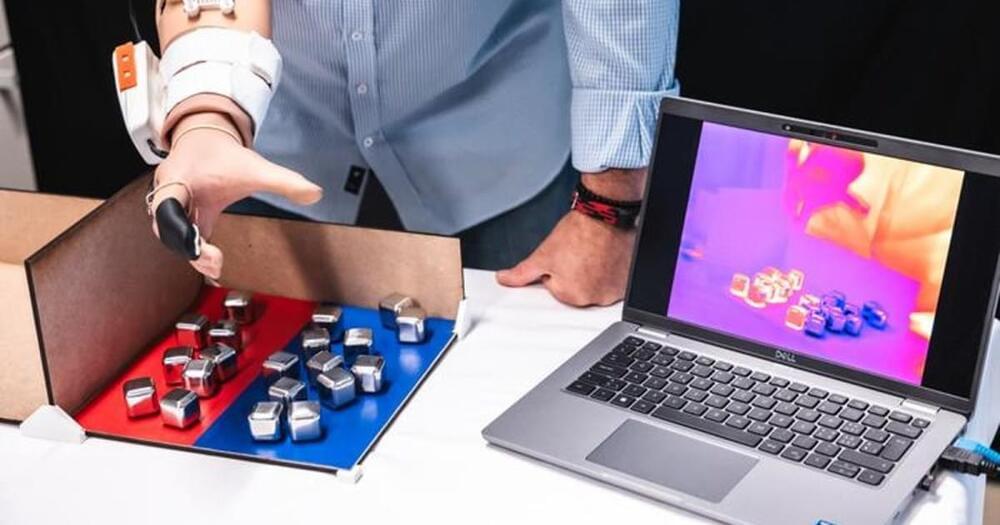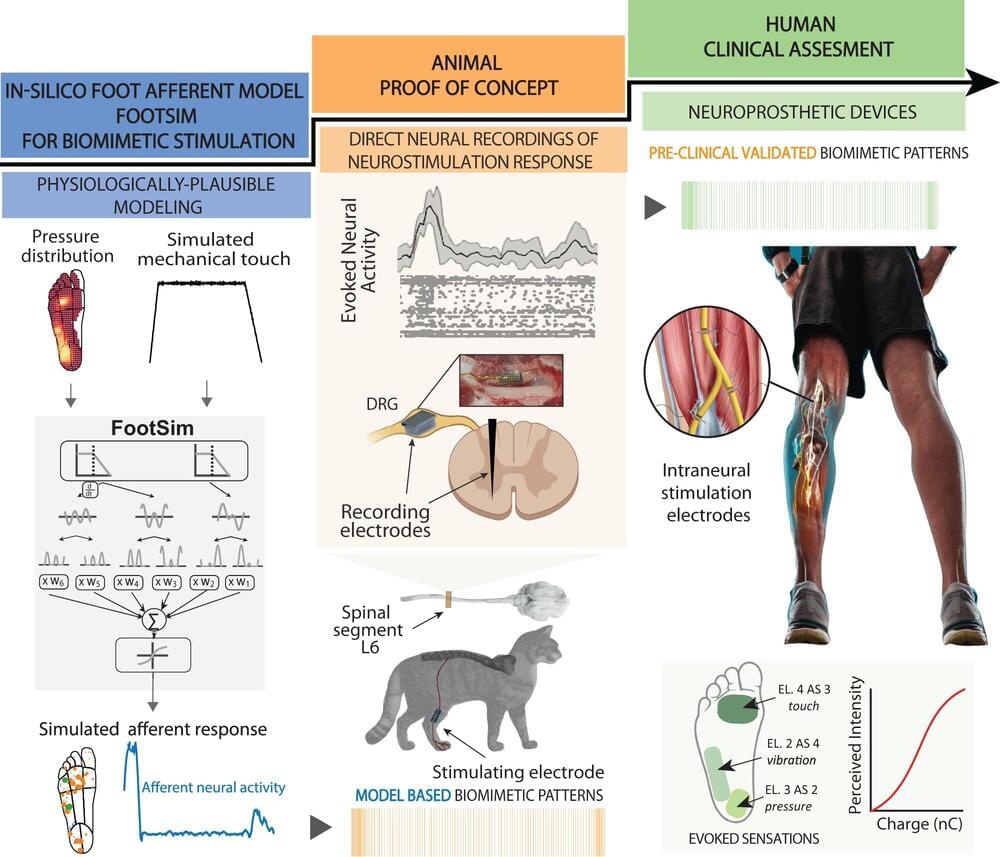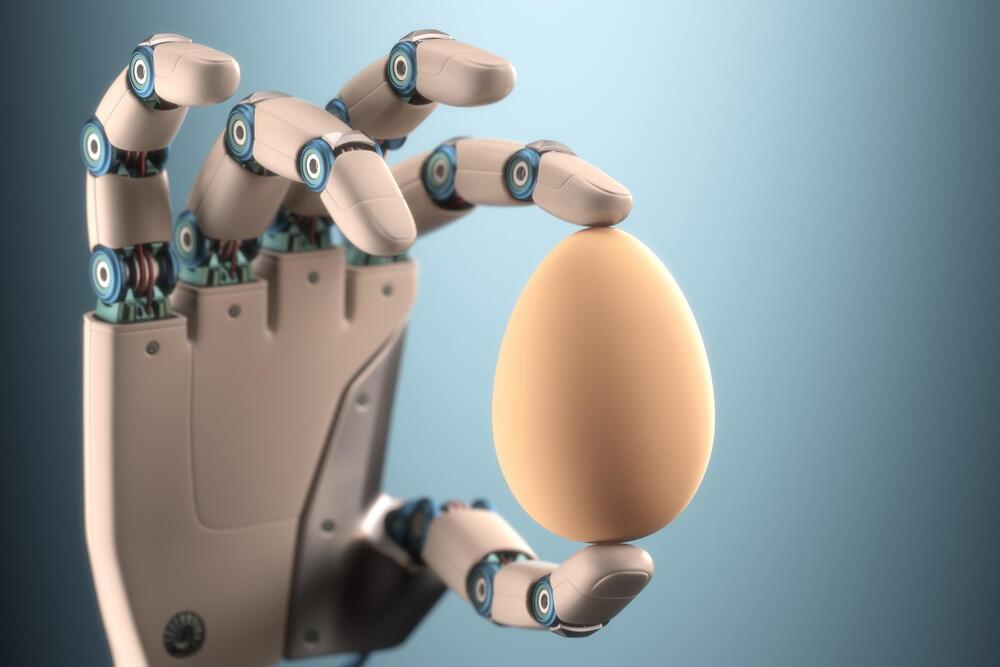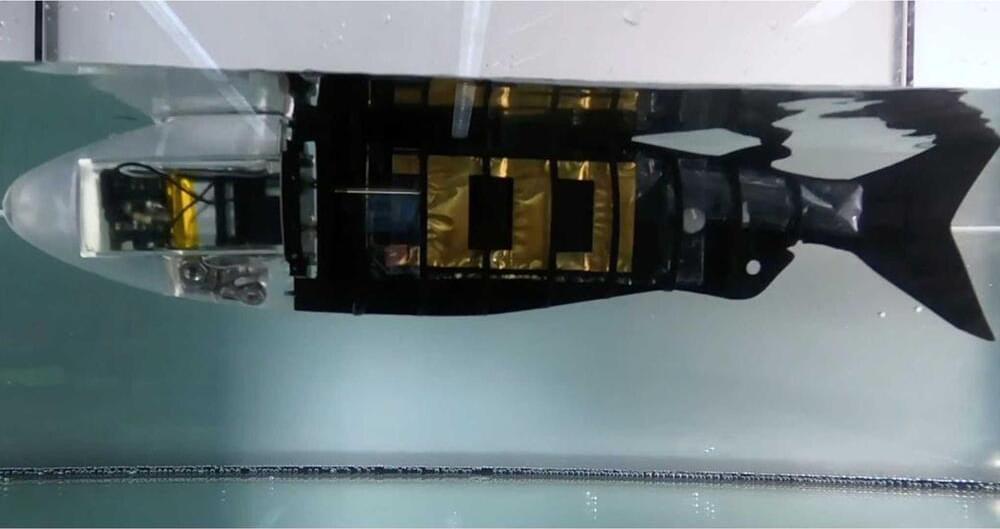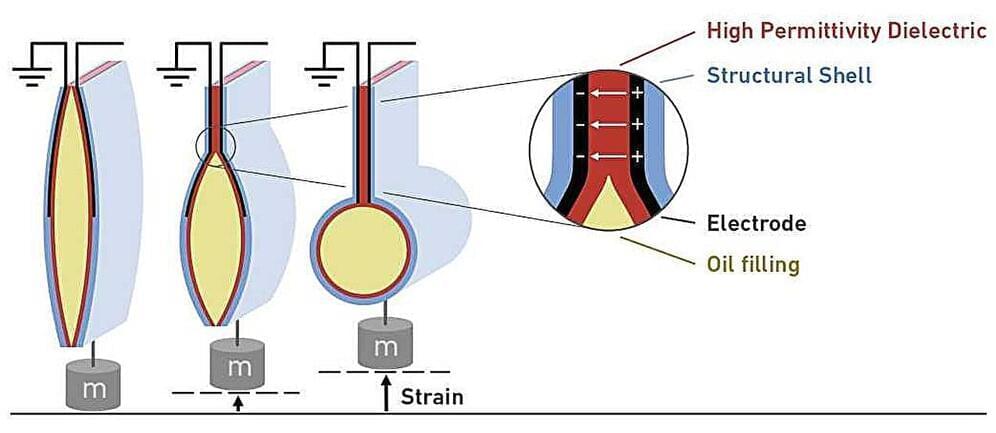Researchers have built a device that helps users feel temperature through a prosthetic arm. A new study shows it works with high accuracy.
Category: cyborgs – Page 9
A few years ago, a team of researchers working under Professor Stanisa Raspopovic at the ETH Zurich Neuroengineering Lab gained worldwide attention when they announced that their prosthetic legs had enabled amputees to feel sensations from this artificial body part for the first time.
Unlike commercial leg prostheses, which simply provide amputees with stability and support, the ETH researchers’ prosthetic device was connected to the sciatic nerve in the test subjects’ thigh via implanted electrodes.
This electrical connection enabled the neuroprosthesis to communicate with the patient’s brain, for example relaying information on the constant changes in pressure detected on the sole of the prosthetic foot when walking. This gave the test subjects greater confidence in their prosthesis—and it enabled them to walk considerably faster on challenging terrains.
There’s a real life bionic woman, and a mindblowing technological advancement has made her life a lot better.
Prescription guide
Posted in biotech/medical, computing, cyborgs
To show one of the advantages of being a cyborg, I typed my old prescription into ZEISS Optical Inserts which are for use with the Apple Vision Pro and it said “We are really sorry, but your prescription values go beyond the available range.”
But now that I’m a cyborg with artificial lenses, any optical inserts that I might need are very common and available.
Oh, I experimented a little and it looks like they can’t make lenses for −9.75 diopters or worse. My left-eye used to be −17.25!
We need your eyeglass prescription to create your ZEISS Optical Inserts – Prescription (sometimes also called distance prescription). This is why we ask you to upload it.
SNAP’s 144 gold-coated silicon microneedles, each shorter than a hundredth of an inch, can bypass pain receptors and ensure comfort during prolonged wear.
Engineers from Korea and the United States have developed a wearable patch, which is slated to have the potential to further technologies related to human-machine interaction and healthcare.
Like a Band-Aid, the stretchable microneedle adhesive patch (SNAP) sticks to your skin and detects signals from muscles. In tests, people used it to control robotic exoskeletons better. These machines copy and improve the strength of human muscles and bones.
The collaborative study was led by Jianliang Xiao, an associate professor in the Paul M. Rady Department of Mechanical Engineering at CU Boulder, and Jaewoong Jeong, an associate professor in the School of Electrical Engineering at Korea Advanced Institute of Science and Technology (KAIST).
Researchers have overcome a major challenge in biomimetic robotics by developing a sensor that, assisted by AI, can slide over braille text, accurately reading it at twice human speed. The tech could be incorporated into robot hands and prosthetics, providing fingertip sensitivity comparable to humans.
Human fingertips are incredibly sensitive. They can communicate details of an object as small as about half the width of a human hair, discern subtle differences in surface textures, and apply the right amount of force to grip an egg or a 20-lb (9 kg) bag of dog food without slipping.
As cutting-edge electronic skins begin to incorporate more and more biomimetic functionalities, the need for human-like dynamic interactions like sliding becomes more essential. However, reproducing the human fingertip’s sensitivity in a robotic equivalent has proven difficult despite advances in soft robotics.
Researchers at ETH Zurich have developed lighter, safer artificial muscles that outshine their predecessors. These advanced actuators boast a unique shell structure and utilize high-permittivity ferroelectric material, storing significant electrical energy.
Operating at lower voltages, the new design offers enhanced safety, waterproofing, and durability. The team claims that the innovation marks a leap forward by enabling safer, more versatile artificial muscles that herald a new era in robotics and prosthetics.
Dubbed HALVE actuators, the new artificial muscles emerge from the collaboration of researchers led by robotics professor Robert Katzschmann at ETH Zurich. HALVE, short for “hydraulically amplified low-voltage electrostatic,” signifies a paradigm shift in actuator design, according to the team.
Researchers at ETH Zurich have recently developed artificial muscles for robot motion. Their solution offers several advantages over previous technologies: It can be used wherever robots need to be soft rather than rigid or where they need more sensitivity when interacting with their environment.
Many roboticists dream of building robots that are not just a combination of metal or other hard materials and motors but also softer and more adaptable.
Soft robots could interact with their environment in a completely different way; for example, they could cushion impacts the way human limbs do, or grasp an object delicately. This would also offer benefits regarding energy consumption; robot motion today usually requires a lot of energy to maintain a position, whereas soft systems could store energy well, too. So, what could be more obvious than to take the human muscle as a model and attempt to recreate it?
The Professions of the Future (1)
Posted in automation, big data, business, computing, cyborgs, disruptive technology, education, Elon Musk, employment, evolution, futurism, information science, innovation, internet, life extension, lifeboat, machine learning, posthumanism, Ray Kurzweil, robotics/AI, science, singularity, Skynet, supercomputing, transhumanism
We are witnessing a professional revolution where the boundaries between man and machine slowly fade away, giving rise to innovative collaboration.

Photo by Mateusz Kitka (Pexels)
As Artificial Intelligence (AI) continues to advance by leaps and bounds, it’s impossible to overlook the profound transformations that this technological revolution is imprinting on the professions of the future. A paradigm shift is underway, redefining not only the nature of work but also how we conceptualize collaboration between humans and machines.
If you read and believe headlines, it seems scientists are very close to being able to merge human brains with AI. In mid-December 2023, a Nature Electronics article triggered a flurry of excitement about progress on that transhuman front:
“‘Biocomputer’ combines lab-grown brain tissue with electronic hardware”
“A system that integrates brain cells into a hybrid machine can recognize voices”
